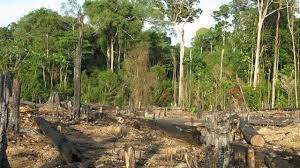The International Union for the Conservation of Nature (IUCN) defines a protected area as “An area of land and/or sea especially dedicated to the protection and maintenance of biological diversity, and of natural and associated cultural resources and managed through legal or other effective means”.
Protected areas are special places which are established and designated for the protection of important cultural or natural values.
They have always been part of human culture and from the beginning of time people have associated certain places with special values and protected them from disturbance or exploitation. These include religious, spiritual and cultural places; in recent years, parks and natural areas have been added.
Strict Nature Reserve (Protected Areas)
This is an area managed mainly for scientific purposes. Researches are carried out in this environment.
Wilderness Area
Wilderness areas are managed mainly for wilderness protection.
Protected Landscape/Seascape
This area is managed mainly for landscape/seascape conservation and recreation
National Park
This is a large area of land managed mainly for ecosystem protection and recreation.
Read Also: The Concept and Principles of Environmental Planning
Forest Management
While the forests have many important uses only proper management will ensure the continuous supply of forest products and environmental sustainability.

The important management techniques used for forest management includes: forest regulation, selective exploration, deforestation, regeneration, afforestation and taungya system.
In summary, protected areas are a large tract of land depending on the purpose for its setup, for the conservation of wild flora and fauna species for man’s benefit.
Read Also : Different Methods of Processing Crop Products

